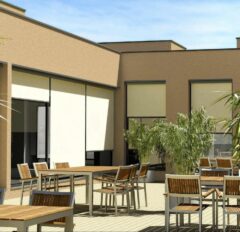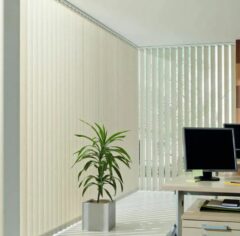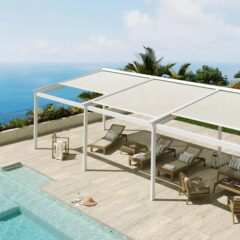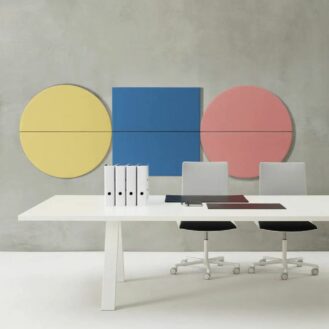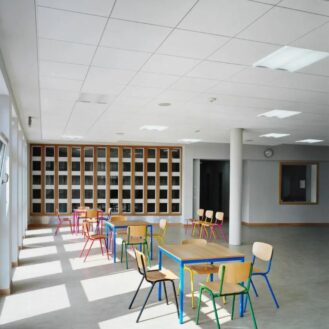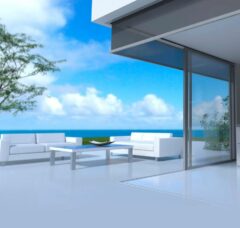
RENSON Blinds
Your choice of blinds should comply with local regulations and be fit for the specific project at hand. Here are some of the technical characteristics to consider:
Dimensions and weight: Make sure the blind is large enough to cover your window or façade and is a suitable weight for the supporting structure.
Fixing method: Decide whether you need a wall-mounted or ceiling-mounted type fixing.
Fire resistance: Check how the intended use, size, and number of levels of the building or structure could impact the minimum fire rating required. For example, blinds used in public high-rise buildings might be required to have a higher fire rating than low-level private buildings.
UV resistance and fade resistance: If the blind will be installed in a sunny window, make sure it is UV and fade-resistant to prevent the material from deteriorating over time.
Weather resistance: If the blind will be installed outdoors, make sure it can withstand local weather conditions (such as wind and rain). You might want to consider anti-mold and anti-fade coatings.
Durability and safety: Prioritize blinds that can withstand frequent use, and opt for blinds with robust cords and components. Consider features that enhance safety, such as cord designs that prevent choking hazards, to guard against potential accidents.


